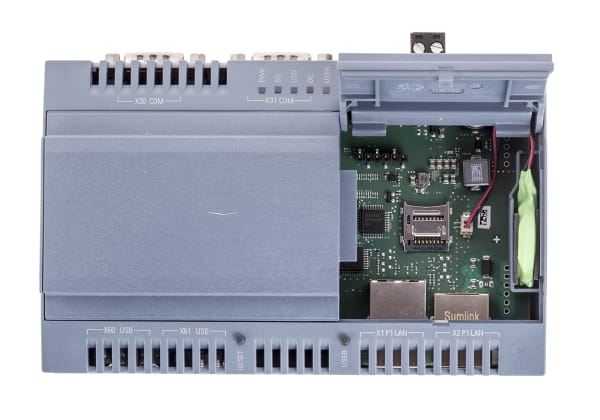- Published 12 Jun 2023
- Last Modified 29 Aug 2023
- 7 min
What is Zigbee?
Zigbee is a networking solution for secure and cost-effective connections.

The internet is a staple of the modern world, making networking and connectivity of the utmost importance. In this guide, we will explain how Zigbee is an effective solution and the wide range of Zigbee products available.
What is Zigbee Technology?
Zigbee is a form of wireless communication protocol designed to work at low power over relatively short distances. Like Bluetooth and other communication and wireless development tools, it was developed to unify communication between brands and devices so that things like smart homes can operate.
Zigbee is designed around and meets the 802.15.4 personal-area network standard, this being a standard for low-data networks and one that Zigbee has met for several years. Zigbee also functions in a mesh network, which is a network that communicates and works over a wide area, through a series of connected nodes.
Zigbee Protocol

In the world of technology and networking, the protocol is a rule or application that operates within a network. In the case of the Zigbee protocol (an example of this is called Zigbee 3.0), this is a technology that is designed to work in an industrial setting, where radio frequency is noisy.
Zigbee Range
Zigbee has a shorter range of connectivity, this being 10–30 metres, compared with Wi-Fi, which can comfortably extend 50 metres. Where Zigbee differs is how its central hub communicates with the devices it connects to. Because of Zigbee’s mesh network, each device can act as a repeater, passing a signal through those devices to a device that is out of the network range. This is the most practical way to extend the range of Zigbee. Unlike networks such as Wi-Fi, the devices connected to Zigbee don’t need to communicate directly with the hub in order to work.
Why is Zigbee Used?
Zigbee is used for a number of reasons as opposed to other technology solutions. Firstly, Zigbee frequency is low, operating at 2.4GHz. Low data use means a longer battery life, so a lot of functionality is available compared to energy usage. Plus, Zigbee’s lower data and power use means that this technology is a low-cost solution. Finally, Zigbee is also an excellent choice for security when devices are communicating, as it utilises encryption to keep data safe.
Zigbee Devices

Much like its competitors, there is a multitude of Zigbee products available for smart home purposes. Zigbee is also effective when used in industrial and commercial settings. In the industrial setting, Zigbee is used in building automation, smoke and burglar alarms and wireless sensor networks.
Z-Wave vs Zigbee
Both Zigbee and Z-Wave have a wide range of products, making them equally viable. When choosing between technologies, the first factor to consider is application. In the case of Zigbee, if they are not all operating under the same protocol, the devices will not be able to talk to each other. This differs from Z-Wave, where all their products are compatible with each other. That being said, you can connect a lot more devices to Zigbee than you can Z-Wave. Providing that everything is compatible, and you have a multitude of devices to connect, Zigbee is usually the preferred choice.
Another factor to consider is speed and power. Z-Wave operates at a much higher frequency than Zigbee (908.42 MHz) and Zigbee is twice as fast, so is a better choice when needing a speedy response from devices. The only caveat is due to its faster speeds, Zigbee uses more energy.
Wi-Fi vs Zigbee
When it comes to a choice between Zigbee and Wi-Fi, one of the differentiating factors is range. Wi-Fi has roughly double the range (about 50m), so is more effective for connectivity over larger areas. That being said, because Zigbee operates using a mesh network, if a device is out of direct range, it can still indirectly connect to a network through the signal of another device that is connected to Zigbee. So for network reliability, Zigbee may be the preferred choice.
Further Reading
Related links
- What are Simple Programmable Logic Devices?
- Guide to Fasteners
- WPAN
- A Complete Guide to Disposable Gloves
- Vacuum & Pressure Switches - A Complete Guide
- FTDI Chip Breakout Module ZigBee UMFT201XB-01 XBee
- Microchip WBZ451 Curiosity Board WBZ451 Bluetooth, ZigBee...
- KYOCERA AVX EVB for M830320 Wi-Fi/Bluetooth/Zigbee Ceramic Antenna...


